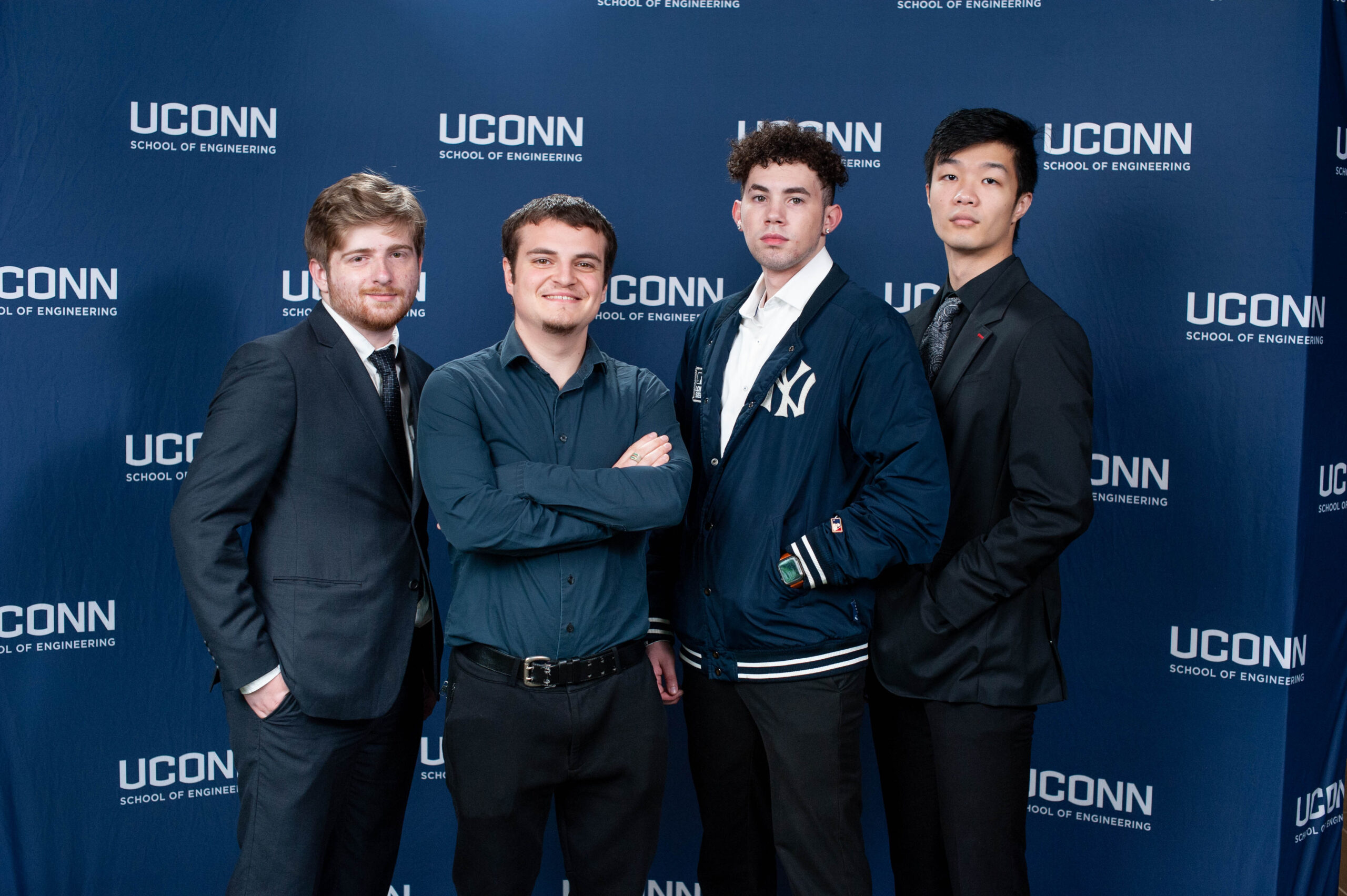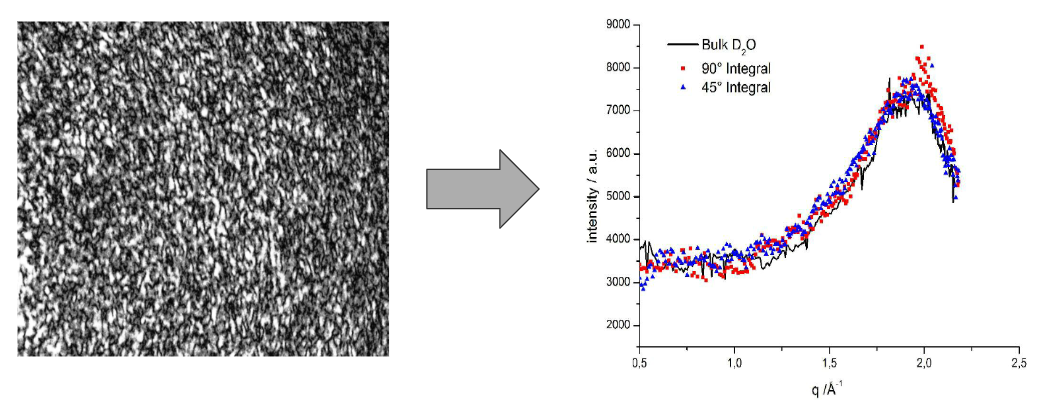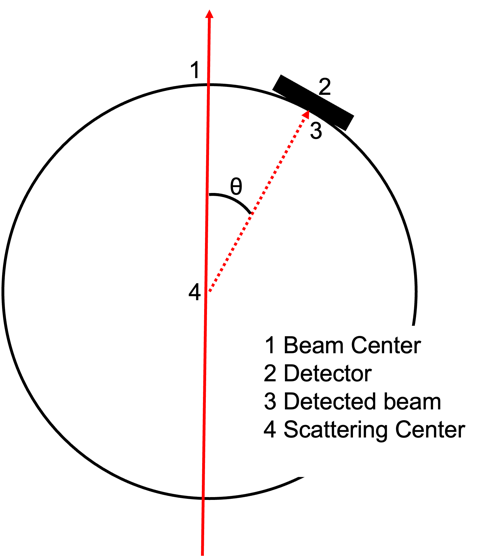

This video contains proprietary information and cannot be shared publicly at this time.
Figure 1

Figure 2

Team 2
Team Members |
Faculty Advisor |
Kevin Girvin |
Mu-Ping Nieh Sponsor UConn School of Engineering |
sponsored by
Sponsor Image Not Available
2-D Light Scattering Data Reduction
Light-Scattering is a research method that utilizes light-matter interactions to examine material structures. Users of this method run an incident beam of light through a material, and record the intensity of the resulting scattered light at various scattering angles. Because the scattered light depends on factors such as material structure and composition, this method can be applied to identify the relationships between small-scale structures and bulk behavior in systems, including macromolecules and microparticles. One of the challenges is obtaining accurate data through a large range of scattering angles, as the detector must be moved translationally at large distances to gather all scattering data. This problem can be mitigated by radially moving the detector. However, the conversion of data from nominal angles to scattering vector, q, is required. The goal of this project is to create a program that automatically performs such conversion for a small angle light scattering instrument with a radially moving 2-D detector, thereby making this technique easier and more efficient to use. The program takes in, calibrates, and reduces light-scattering data using geometry, calculus, and fundamental principles of optics by generating a 1-D intensity vs q plot for data analysis. The outcome empowers researchers to identify morphology of the studied systems, rendering the structure-property relationship of materials of interest.
